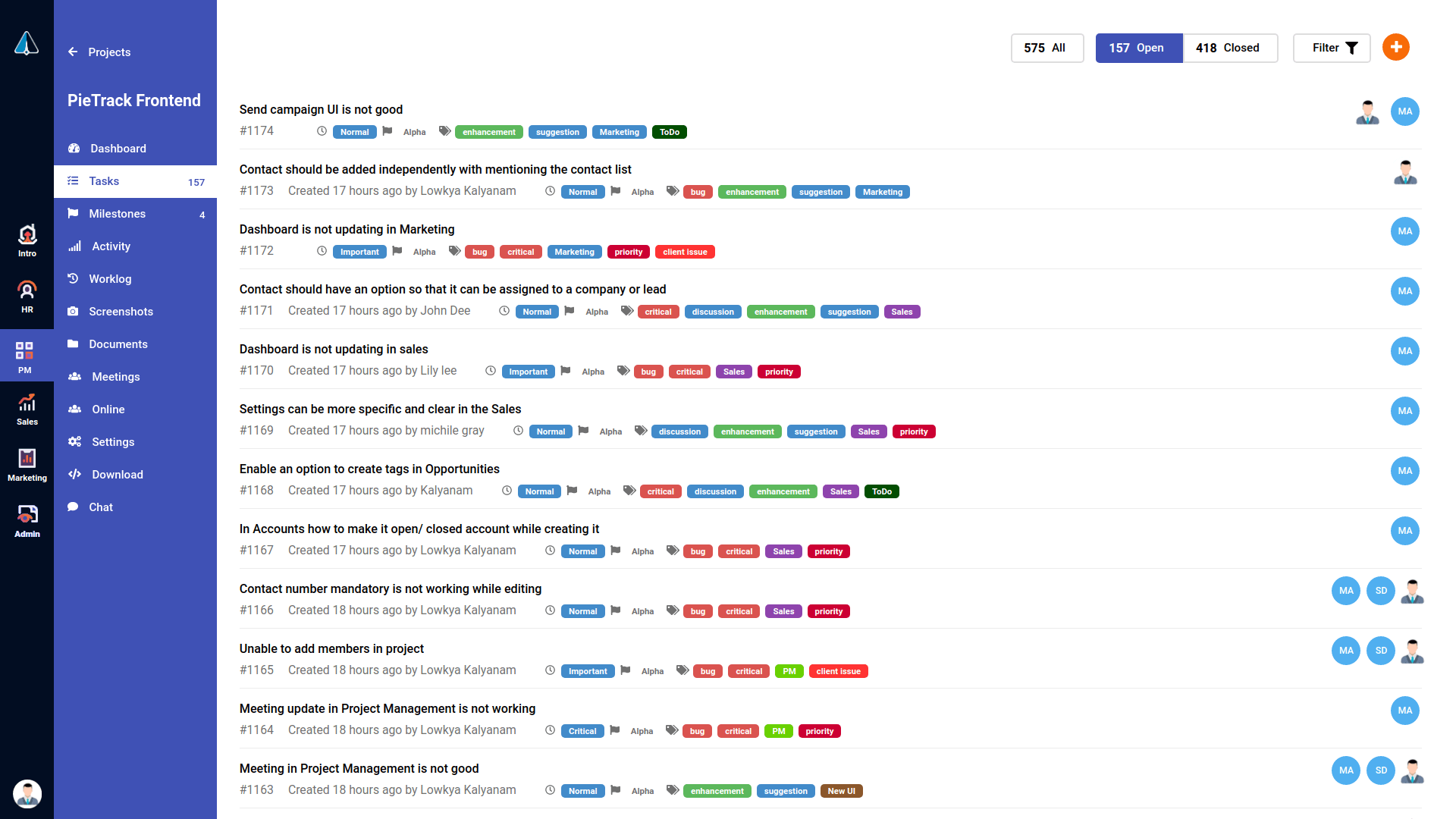

According to the Project Management Institute, most life cycles have four or five phases but some may have more. It usually captures the visioning and conceptualizing of the project. When defining the project’s life cycle, the first phase is noted as Step 0. Some project teams, however, do choose to implement fast tracking, which is when phases are overlapped.Ī lifecycle defines the beginning and end of the project it represents all of the phases together. Generally, in order for a phase to be considered complete, specific deliverables need to have been completed and handed off. Each phase outlines the work that needs to be done and who is involved. Projects are typically broken down into phases. Project Phases, Life Cycles, and Incorporating User-Centered Design Principles Where documents will be stored and how they will be version controlled How the team will share and collaborate on documents Whether meetings will be held in-person, virtually, or both Regardless of the size of the team, it’s important to identify how the team will communicate and collaborate with one another. Keep in mind that members on your team may fulfill one role or may fulfill many. The Project Management Institute (PMI) has identified nine areas of knowledge within project management:īuilding a Team and Encouraging Communicationĭepending on your project needs, the size of your team and the roles needed may vary.

It also helps the team members to understand their responsibilities, the deliverables expected, and the schedule everyone needs to follow to complete the project on time and within budget. Additionally, you avoid risks and effectively and efficiently use your available resources. Through proper project management, you can assure that the purpose/vision and goals of the project are maintained, all while supporting the audiences’ tasks and objectives.

This includes identifying and managing the lifecycle to be used, applying it to the user-centered design process, formulating the project team, and efficiently guiding the team through all phases until project completion.
#BASIC PROJECT MANAGEMENT TOOLS SOFTWARE#
So, to recap our project management software comparison: Project planning tools help you organize individual projects, while program management tools track several interacting projects that work toward a larger, long-term business goal.Project management focuses on planning and organizing a project and its resources. Program management tools need advanced features to track projects at a higher level and see how each project interacts with the other. Project managers oversee individual projects, and program managers supervise groups of projects, focusing on a larger goal. Meanwhile, programs are composed of several interconnected projects that, when combined, achieve a long-term business objective. Constraints such as cost, resources, budget, and time all factor into a project’s feasibility.

Projects typically have clear start and end dates, with short-term goals that lead to tangible outcomes or deliverables. Before we consider the comparisons of project management software and tools, let’s first compare programs and projects. A program management tool is similar to a project management tool, save for a few key differences.


 0 kommentar(er)
0 kommentar(er)
